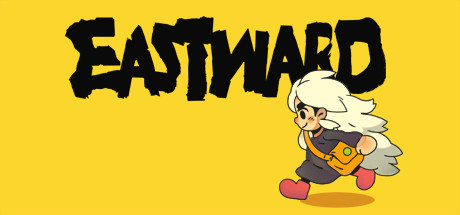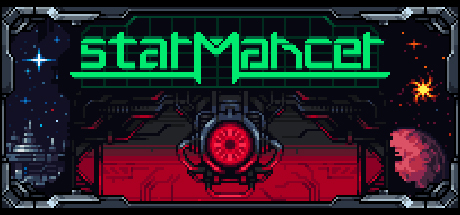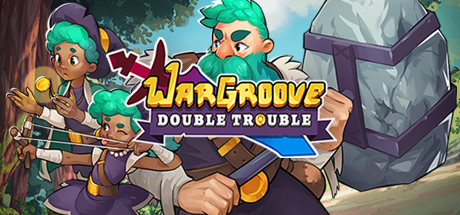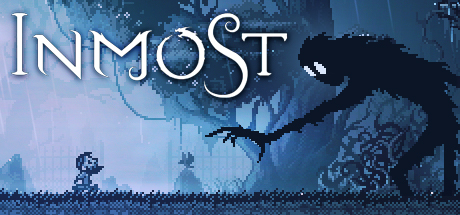Evening guys! I’ve been up to something a bit different today.
With the recent addition of the floating dungeons and player spawns, I spent my day building a rough prototype for what our missions could be like. The objective was for me to create a level for players to move through from start to finish, with environmental hazards and enemies to fight. The main objective of this test was to assess how long I would need to produce a mission, so we can gauge precisely how many polished missions we could create in time for 1.0, and to highlight any issues we may run into.
When I say the prototype is rough, I mean super rough. I didn’t spend any time dressing it up visually, since it’s just for testing and it only involved me using randomized monsters for now, which means no configuration of behaviours or dialogue as there would be when using humanoid NPCs. I ended up using the glitch dungeon files as the base for the mission.
For my test playthroughs, I would attempt to get through it repeatedly with a tier 1 broadsword, shortsword and shield, 10 bandages, and my starting clothes. It would typically take me anywhere between 10-15 minutes to get through in one go (without dying).
The difficulty of the mission varied greatly since the monsters are randomized on each instance, but when approaching the actual missions we’ll have a good idea of what the players will have by that point and be able to scale the difficulty accordingly, not to mention we’ll be using specific enemy types with known behaviours, making it easier to craft challenges with a bit more thought. I imagine it’ll be a tricky balancing act when we factor in whether you have other players with you too, but that’s just one the many challenges of game design!
This test mission also highlighted what the current benefits and limitations of using wiring within the missions are. Because I am able to plan around a linear approach, I have the ability to set up traps and obstacles that may change as you progress. In the case of the glitch, they have a number of switch objects and even hidden door objects that can also double as platforms when used in an open space, so I was able to create timed alternating platform jump puzzles, passages that only open when all switches in a room are activated and the like.
All in all it’s been a valuable experience that will prove most useful once I start working on the missions proper.
Apologies for the lack of screenshots by the way, I’m writing this from home.













